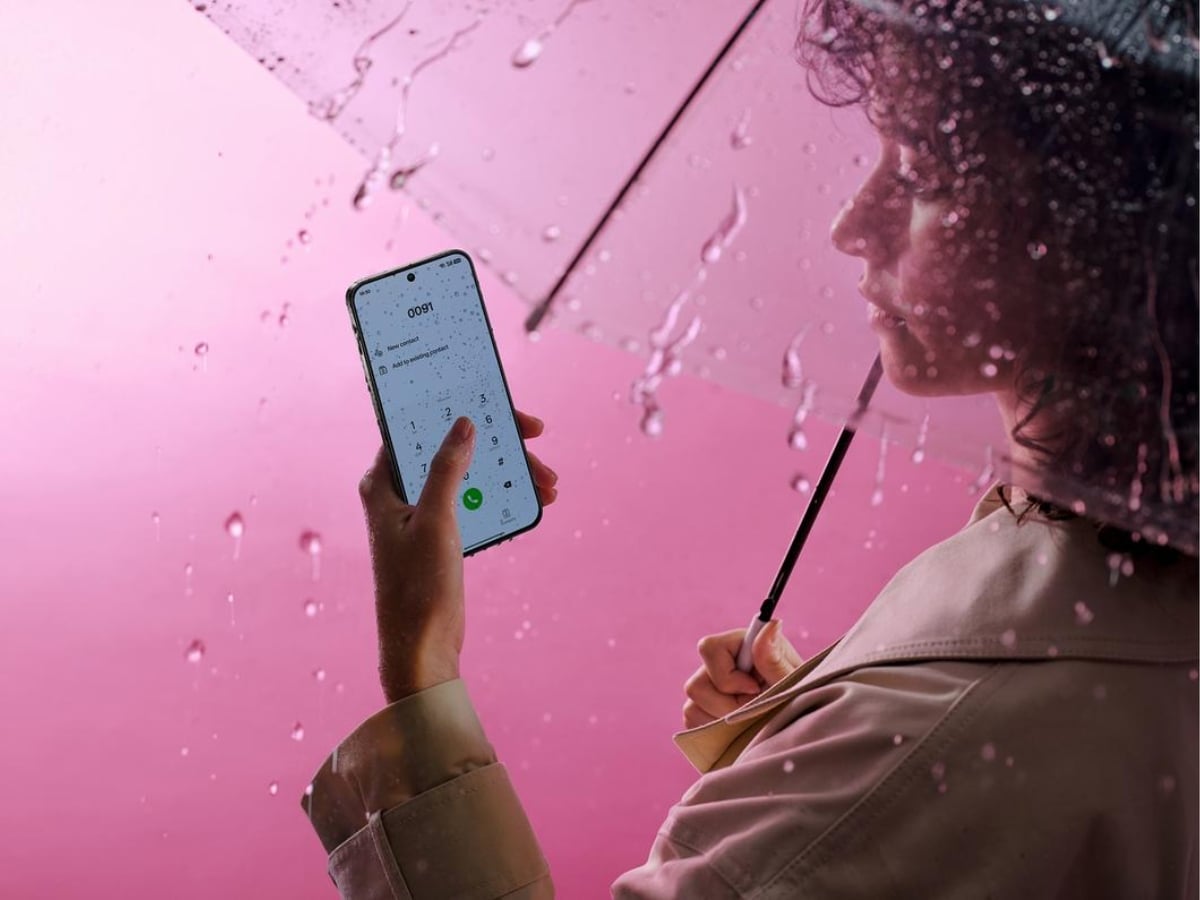There are watches that seek to shine with their connected functions, and others that prefer to anchor themselves in reality. The Polar Grit X2 clearly falls into the second category. Bright AMOLED screen in bright sunlight, GPS precision worthy of the best competitors and finally integrated mapping: the Finnish brand is stepping up its game. After a Grit
Polar Grit x2 at the best Price
Base price: €399
See more offers
But in a segment where every gram, every meter of track and every hour of battery life counts, can the outsider really prevail? We put the Grit Verdict: the watch has solid arguments, but also some annoying flaws.
Design and ergonomics: Scandinavian solidity reviewed and corrected
The Grit X2 retains the massive look of its predecessors, but gains in elegance. The stainless steel case is slightly rounded, the bezel is less prominent, and above all, the 1.28” Amoled screen (416×416 pixels) changes everything. Readable in direct sunlight, pleasant to the eye even in standby, it finally gives the watch the modernity that was lacking until now.
In the field, we appreciate the newfound fluidity: the touch screen finally responds without delay, the mechanical buttons, no less than five!, maintain their precision and the redesigned Flow interface makes navigation more intuitive. We switch from one mode to another without frustration – real progress for those who railed against the slowness of the Grit X Pro.
GPS and cardio precision: at the level of the best
This is often where the credibility of an outdoor watch comes into play. And on this point, Polar has done its homework. Thanks to a dual frequency GNSS chipset, the Grit X2 now sticks to the trail, even in dense undergrowth. On a 12 km loop in the Meudon forest, the track remained faithful, without these “dropouts” typical of older generations. On the road, the instantaneous pace stabilizes in around three seconds, compared to sometimes double before.
The optical cardio sensor is reliable on the majority of outings. On short intervals, there is still a slight shift compared to an H10 belt, but the difference remains minimal. To benefit from all the advanced recovery functions (including Recovery Pro, which allows you to monitor the balance between training and recovery via an orthostatic test), the use of this belt remains necessary – a habit at Polar.
Navigation and cartography: the big catch-up
This was the number one user request, and Polar heard it. The Grit X2 now features offline color maps and turn-by-turn navigation via the Komoot app. During a cycling test, the watch displayed turns on time and correctly recalculated the route after a deliberate detour. All with a fluid and readable rendering, even in strong light.
The only downside: the downloading of maps is always done via computer, a little archaic compared to the simplicity of wireless with Garmin or Suunto. It’s not prohibitive but a little outdated. What’s more, it is not possible to generate routable routes directly on the watch.
Health, sensors and data: a mini lab on the wrist
Under the hood, the new Elixir platform deploys a whole arsenal of sensors: punctual ECG, SpO₂, skin temperature, barometric altimeter and new optical cardio sensor with 4 LEDs. Functions that are more commonly found on hybrid watches between sport and health, but which Polar integrates here with consistency.
Concretely, when you wake up, the watch displays body temperature and SpO₂, useful for monitoring your general state of health, or even acclimatization at altitude if you have spent the night in the mountains. The occasional ECG is carried out by placing two fingers on the box for 30 seconds – useful occasionally to check that everything is in order. Please note, as with any watch of this type, these measurements remain for “well-being” and not medical purposes. But they clearly enrich the recovery profile.
Autonomy and real uses: sufficient, not record
On paper, Polar announces 43 hours of dual frequency GPS recording and up to 140 hours in economy mode. In fact, with two long outings and continuous use of the SpO₂ sensor, the watch lasted almost 7 days with the screen on constantly. By simulating a weekend of trail running (two 6-hour sessions, plus sleep tracking), around 25% battery remained. Nothing revolutionary but completely correct.
The absence of integrated music and demanding connected functions obviously helps to preserve autonomy. Those who prefer a purely sporty watch rather than a mini-smartphone on the wrist will find what they are looking for.
Ecosystem and connected functions: the acknowledged weak point
This is the structural limit of the Polar Flow system: no music, no contactless payment, no third-party applications. On the other hand, everything concerning training is perfectly clear. But to access Polar’s personalized fitness program, you will need to subscribe at a rate of 9.99 euros/month.
Polar Grit x2 at the best price
Base price: €399
See more offers

🟣 To not miss any news on the WorldOfSoftware, subscribe on Google News and on our WhatsApp. And if you love us, .
















